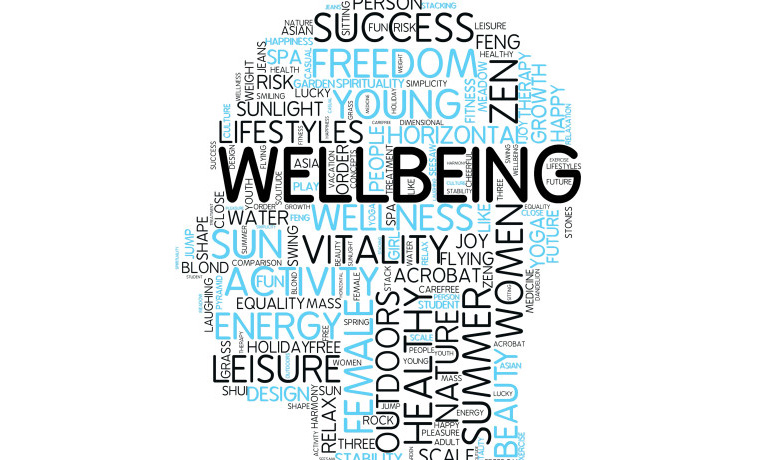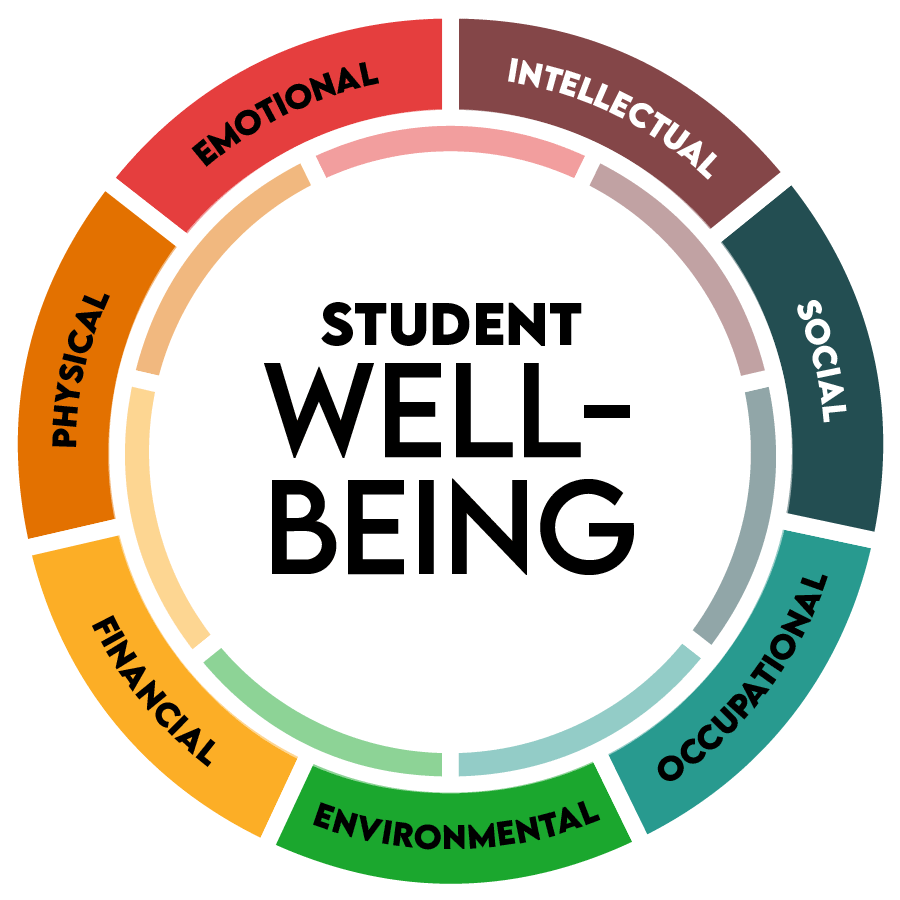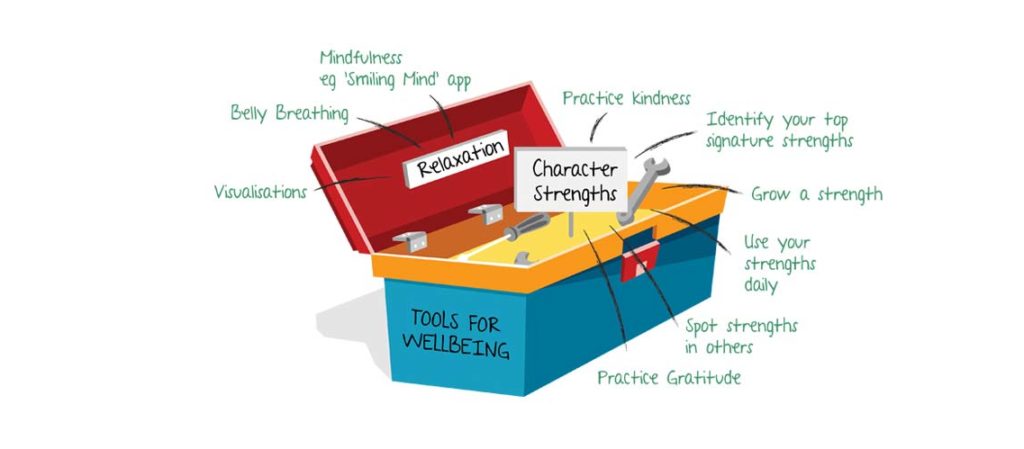
Can students reach their full potential and thrive in their studies if they struggle with maintaining their well-being?
Research has shown time and time again that student well-being is linked with academic success. While well-being can refer to cognitive, psychological, physical, and social wellness, a disruption in one aspect is likely to lead to some emotional distress.
So, how can we help students lead healthy lives to maximize their academic potential?
Some research and academic institutions develop technologies and programs to help students and employees improve their mental and physical fitness. One example is the BioDash program designed by the Centre for Wellbeing Science at the University of Melbourne to help improve focus, reduce anxiety, and optimize performance.
With anxiety and depression rates going up during and after the pandemic, we should start shifting how we approach overall wellbeing in our communities. And that includes our students.
As we move into the post-pandemic era, engaging students in conversations about mental health can create safe stigma-free spaces where discussions on wellbeing are normalized. While students may be reluctant to open up about their struggles, starting a meaningful conversation may make things easier.
As educators, we may still need guidance and lack resources in bringing well-being into our teaching practices. However, we can integrate small steps into our teaching to become aware of students’ struggles and guide them to additional resources.
You can remind students of the benefits of daily practices in improving mental and emotional health, inform them about counseling services available to them, and invite wellbeing-focused apps into your classes.
Here are excellent ways to use technology in support of students’ well-being.
Identifying Student’s Wellbeing Needs

Identifying students who may be going through mental or emotional struggles can often be the most challenging part of the process. To address this, you may opt-in for using wellness questionnaires and daily check-ins.
Some students may find it challenging to communicate about their well-being. You may choose to start with anonymous surveys. In addition, open-ended questions like the ones offered here will help you kick-start the conversation on a gentle note and delve into areas that may resonate more with your students.
You may choose to collect this information through Google surveys or PollEverywhere. After identifying overall themes and issues, you can address them in class and invite students to your office hours if they’d like to continue the conversation. In addition, sharing about our struggles as individuals and as a community will assist us in destigmatizing these topics and normalizing discussions around mental health.
Positive Education Tools

Tools and practices of Positive Education will significantly facilitate the incorporation of well-being practices in your teaching.
This may look like starting the class with a 5-minute breathing technique, a meditation, or a quick check-in. To easily incorporate positive education into your teaching, you can turn to apps specifically designed for gratitude practice, affirmations, and positive self-talk.
Another great way of boosting positive attitudes and empowering students is to help them discover their core strengths through the Gallup Clifton Strengths Assessment. By identifying their core strengths through the Gallup test students can gain clarity on their career and academics, discover ways to maximize their potential and develop a positive self-image.
Mindfulness and Mental Health Apps

Incorporating mindfulness in your class activities by using apps such as Calm can be an excellent way of inviting mental health and self-care into the classroom. You may introduce this by linking the benefits of meditation and breathwork to your class content or by simply allocating 5-minutes for check-ins and mindfulness practice at the beginning of class. The Calm app, for instance, suggests doing 30 days of mindfulness with your class.
One of the best things about Calm is that it is free for schools. Over 250,000 teachers bring meditation to their classrooms to help students improve their emotional well-being or focus. Calm provides educators with age-specific tools, meditations, breathing exercises, music, and other resources. In addition, you can use their self-care guide for educators to support yourself and avoid burnout throughout the day.
Alternatively, anxiety management apps such as SAM (Self-help App for the Mind) can also be ideal for students who may need immediate help addressing their anxiety symptoms.
Peer Support

Peer support and community building can also benefit students’ ability to address their mental health struggles. Students need to realize that they are not alone and that different forms of support are available to them. TalkLife is an online platform where people share their mental health journey by talking about daily struggles, receiving support, and advising their peers. TalkLife is also available as a mobile app.
Time Management Apps
Deadlines, time pressure, class assignments, and other factors may heighten students’ anxiety levels and affect their ability to keep up with classwork.
Schedule management apps may take some of this stress away as students get assistance in managing their busy schedules.
My Homework Student Planner helps students stay organized and manage their class assignments. It syncs across devices allowing students to access their classes and assignments anytime, anywhere. Students have the option of a free basic plan or a yearly premium plan for only $4.99.
Remember the milk is another time management tool that allows students and busy professionals to prioritize tasks according to various factors such as due dates or importance.
Tools such as Focus Booster help students better manage and track their time and stay on task eliminating possible distractions. Focus Booster utilizes the Pomodoro technique which allows breaking the task into 25-minute work chunks, each separated by 5-minute breaks.
Conclusion
While technology and mobile apps are often associated with causes of stress and mental health struggles, some tools can help us counter these effects.
Finally, while it is part of our responsibility as educators to inform our students about mental health resources and help them cultivate self-help practices, it is important to note that technology apps cannot replace professional help. Make sure to refer your students to professional help, campus counseling, or online therapy services such as BetterHelp which offers student pricing options.
